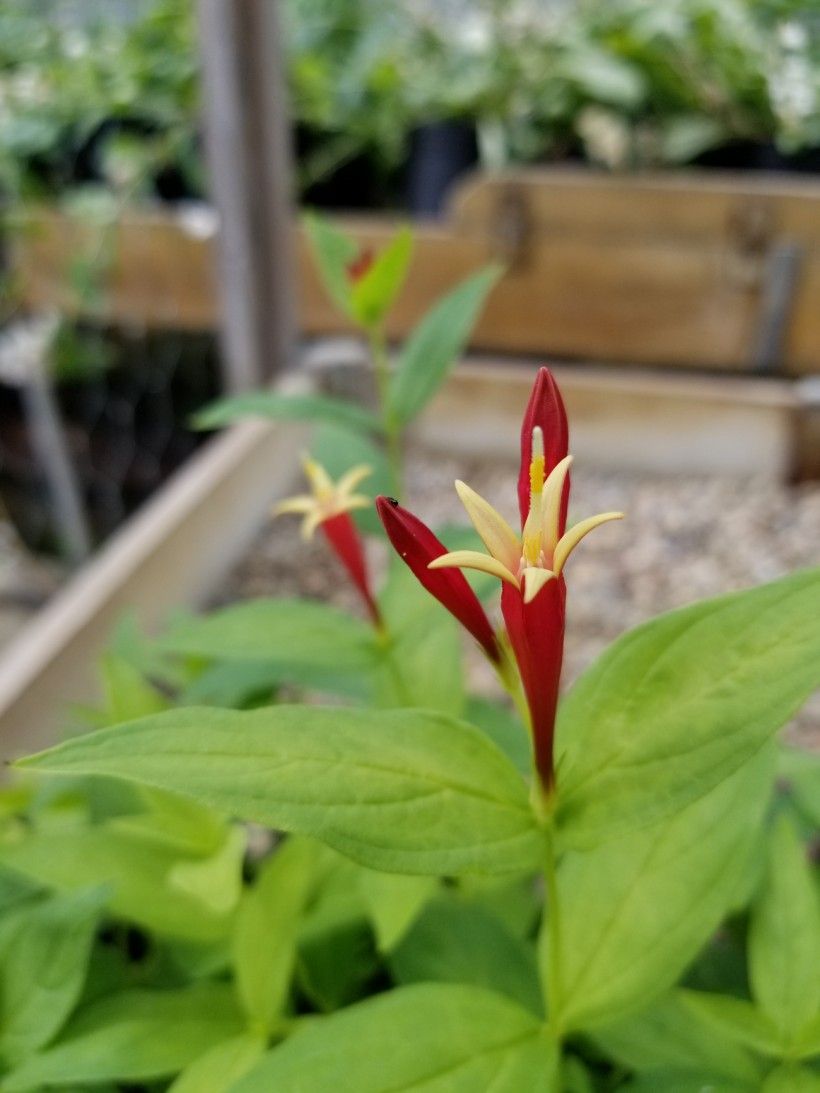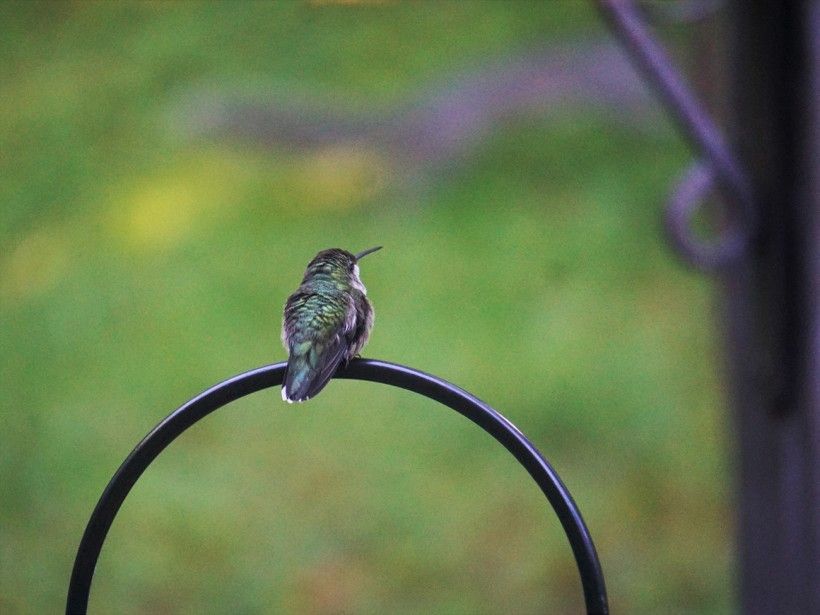Attracting Hummingbirds
With their territorial sass, iridescent colors and quick motions, hummingbirds are a delight to many. These impressive little birds are unique in that they can fly forward, backwards and upside down; they can even hover. The ruby-throated hummingbird (Archilochus colubris) is the only hummingbird species that nests in Pennsylvania, but you might spot a rufous hummingbird (Selasphorus rufus) passing through. Now let's explore how to attract hummingbirds to your yard.
It’s a well-known fact that hummingbirds are attracted to the color red—it's the hue most hummingbird feeders are and the shade some retailers suggest coloring the sugar water mix to fill those feeders. I don’t recommend adding the dye, because while there are no definitive studies indicating the dye is harmful, there are no studies that show it’s safe either. Plus, nectar is naturally clear, and hummingbird-enthusiasts will vouch that the red liquid is unnecessary in keeping the hummers humming! A clear mix of four parts water to one part sugar is best for these feeders, which can serve as an important food source, especially early in the year and during fall migration. Having a feeder or two (or 10!), is a great start in attracting hummingbirds.
Hummingbirds have no sense of smell, but their eyesight is excellent. Besides red, they are especially attracted to orange, pink and yellow—although they will sup from flowers of other colors too. Some reports indicate that blossoms in these colors are higher in sucrose—a form of sugar that hummingbirds can fully metabolize—and reflect UV light on the warmer end of the spectrum that appeals to hummingbirds more than insects, which prefer flowers in cooler colors and that are higher in fructose and glucose. This limits competition between hummingbirds and insects.

Annuals can supplement the native blooms in your garden. Fuchsia, saliva, petunia and zinnia are great examples of annuals with appropriately shaped flowers that will add a pop of color to your landscape. Further, consider adding gazing balls, hanging baskets, flags and other ornamental features—in their preferred colors—to your yard to entice hummingbirds to stop by.

Photos by Melissa Reckner